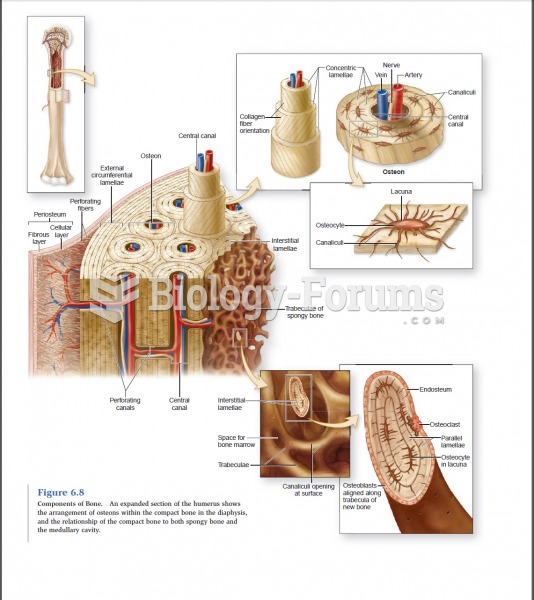Identify the key assessment components to include in a nutrition assessment for a person at high risk for cardiovascular disease.
Question 2
Medical History: A.R. is a healthy 51-year old premenopausal Caucasian woman with pallor who is employed full-time in an office job. She had a pancreatic cyst removed six years ago. She was asymptomatic until one year ago when she developed acute pancreatitis flare-ups after consuming fatty foods. The condition was attributed to scarring at the pancreatic duct, which secretes pancreatic lipase, and was accompanied by severe abdominal pain radiating to her back, vomiting, and steatorrhea. She was placed on oral pancreatic lipase enzyme tablets (Pancrease) that digest fat, and was also prescribed to follow a low-fat diet. The medication and diet help to reduce her symptoms, and she notes that flare-ups generally only occur when she eats too much fat.
Anthropometric: Ht: 5'2 . Wt: 156 lbs. Wt 1 yr ago: 199 lbs. Frame size: Medium.
Clinical/Labs: A.R.'s serum vitamin D was low (20 ng/mL; normal is 25-80 ng/mL), but all other labs were within normal limits when she last visited her internal medicine physician several months ago. She was placed on a 5,000-IU vitamin D supplement, to be reduced to a 2,000-IU vitamin D supplement thereafter; she takes no other vitamins or minerals. Other medications include Synthroid and Aygestin.
Current Chief Complaints: A.R.'s current problems include constipation and dry skin.
Diet: My usual grocery list consists of boneless chicken breasts, turkey, pork chops (infrequently), strip steak (infrequently), 90/10 ground beef, pasta (half whole-wheat, half regular), tomatoes and sauce to make pasta sauce, 90 percent fat-free lunch meat ham or turkey, brown rice, steamable microwave vegetables, red and green lettuce, tomatoes, onions, cereal, blueberries if on sale, apples, tangerines, red licorice, bread, crackers, and canned soup. I am concerned about not having enough protein or iron because I am afraid to eat very much red meat. The foods I miss the most include iced tea, which I skip because of caffeineI am getting bored with water. I like to bake and miss baked goods, and I also miss cheeseI am afraid it is too high in fat. I have a hard time figuring out what to pack for lunch. The restaurants I go to if I do go out are Chick-Fil-A, Panera, Viva, a local diner, and an Italian restaurant. I like Italian and Mexican food. Usually if I do eat out it is for lunch but it is sometimes hard to figure out something safe to eat... Dairy foods: Twice a day, drinks 2 8-oz glasses of 1 milk. Fruits: 1 cup per day.
To follow a fat-restricted diet, A.R. should:
a. choose vegetable oils instead of solid fats.
b. use only medium-chain triglyceride oil to fry foods.
c. consume no more than a 6-ounce portion of meat at one sitting.
d. limit fats and oils to 8 teaspoons per day.







